Let’s Have A Tea Party!
Now that we know a little bit about tea, and we have a recipe for crumpets, why not have a tea party? Tea parties are fun, you can invite family… friends (real and imaginary)… maybe even read some tea leaves. I think this is a great idea.
Timing Matters
Did you know that in many countries, tea time means more than drinking a cup of tea? Teatime is an actual meal and depending upon where in the country you find yourself, this meal could be anything from a scone, to a few light sandwiches and cakes, to a full roast dinner.
I guess I’d better explain. There three kinds of teatime in Britain:
- Afternoon Tea
- Low Tea
- Cream Tea
- High Tea
- Elevenses
- Royale Tea
- Kettle Drums
- Tea Garden
Afternoon Tea
Afternoon Tea is traditionally served between four and five in the afternoon – hence the name. Many people believe that this tradition was first started in 1841 by Anna Maria Stanhope, the seventh Duchess of Bedford. At that time, and in fact right up until the early decades of the 20th century, luncheon was served at twelve noon but dinner was not served until 8:00 or even 9:00 in the evening. The Duchess, so the story goes, complained of a ‘sinking’ feeling in the middle of the afternoon and asked for some tea and a few slices of bread and butter to be served to her in her private drawing room; the Blue Room at Woburn Abbey.
Whether this is true or not, at some point this trend for eating in the afternoon became more widespread and popular and soon ladies across the land who were ‘at home’ would dress elaborately in their finest dresses and visit each other’s houses to partake of afternoon tea.
In addition to the slices of bread and butter, one would offer thin cucumber sandwiches, or salmon sandwiches (with the crusts removed, naturally) as well as cakes, pastries, scones with cream, and of course a Victoria sponge cake. To be able to bake a light and moist Victoria sponge was the true test of one’s cook.
The tea, India or China or in many houses, both, would be served in silver tea pots and poured into fine china cups. Etiquette books contained whole chapters on the etiquette of Afternoon Tea and the tea dress was created to be worn at such social gatherings. Afternoon Tea, was, it should be noted, a social occasion in which only the upper class participated.
That is, until 1864, when the Aerated Bread Company opened a tea shop for middle-class women. Soon Fortnum and Masons, The Ritz, and Brown’s Hotel had all opened tea rooms, and it became quite fashionable for women to visit these tea rooms in the afternoon. These tea rooms were, by the way, the only place where a lady could meet her friends without a chaperone without damaging her reputation.
During the First World War, due to food rationing, ladies stopped taking afternoon tea ‘at home,’ and even when the war ended, the tradition was not taken up again. If one got peckish mid-afternoon, a cup of tea and a biscuit would suffice. If one wanted a full afternoon tea, one went out to a hotel.
In most British homes, afternoon tea consists of a cup of tea and a light snack, be that a biscuit, a piece of cake, hot buttered toast or crumpets. (See our recipe here: Tea and Crumpets)
Low Tea
Low Tea is another name for Afternoon Tea. It is traditionally an afternoon meal including sandwiches, scones, clotted cream, curd, 2-3 sweets and tea. Known as “low tea” because guests were seated in low armchairs with low side-tables on which to place their cups and saucers.
Cream Tea
The cream tea is similar to the afternoon tea, but without the sandwiches and other cakes.
The most famous cream tea is the Devonshire Cream Tea. According to local legend, the Devonshire Cream Tea originates from Tavistock, or more precisely Tavistock Abbey. This Benedictine Abbey was plundered by Vikings in the 11th Century and then rebuilt. The monks fed the laborers who were rebuilding it with a calorie-rich food consisting of bread, clotted cream and strawberry preserve. Over time the bread became scones and thus the cream tea was born. However, the counties of Somerset, Cornwall and Sussex will contest this legend; they all offer cream teas too!
A cream tea consists of freshly baked fruit scones, some clotted cream, butter and strawberry jam served with a large pot of tea. The idea is you pour your tea – no choice this time, just whatever is in the pot – and then construct your scone to eat with your tea. Butter the scone, add some jam and then add some clotted cream to taste. It tastes delicious but can be a bit messy.
Note: The clotted cream does not go in your tea.
High Tea
Whilst high tea sounds very, very grand, it is in fact, a working class meal. High Tea is actually dinner.
When tea was first introduced into Britain it was an expensive luxury, but over time as prices fell it became a staple in the diet of the poor and tea accompanied every meal.
Prior to the industrial revolution, when most people worked in agriculture, the workers would come home at lunch time and eat their main meal then. After the industrial revolution, the working classes could not come home at lunch time and so the main meal of the day took place in the late afternoon, or early evening – the same time as the afternoon tea of the rich. This meal became known as teatime. It was a High Tea if it contained hot and filling foods and just Tea if it comprised mainly of breads and cold cuts. A High Tea consisted of whatever was available – bacon, eggs, meats, stew – there were no hard and fast social rules for this meal except that it would always be accompanied by copious amounts of tea.
Even today the working classes – especially in the north – have their main meal at teatime. When I was growing up the three meals of the day were known as breakfast, dinner and tea – a throwback to the pre-industrial meal times – and tea was always served at 5 pm.
In the south, however, and among the middle classes across the land, these same meals are breakfast, lunch and dinner, with dinner being served at around 7 pm. Teatime does exist as a meal for the children and is served at 5 pm.
Elevenses
Morning coffee hour in England. In Australia and New Zealand elevenses is known as ‘morning tea’, or smoko and can occur at any point between the start of the working day and lunchtime. Many workplaces organize morning teas for staff to welcome new employees, for special occasions such as a birthday, or simply as a regular event. Food will sometimes be provided by the business, but often employees will be expected to bring food to share.
For elevenses, Winnie-the-Pooh preferred honey on bread with condensed milk. Paddington Bear often took elevenses at the antique shop on Portobello Road run by his friend Mr Gruber, for which Paddington would buy buns and Mr Gruber would make hot chocolate.
In the Middle-earth stories by J. R. R. Tolkien, it is a meal eaten by Hobbits between second breakfast and luncheon.
Royale Tea
This is more of a social event where champagne is served upon arrival and sherry is offered at the end of tea.
Kettle drums
A less formal large afternoon party for tea was known during the 18th and 19th centuries as a “kettle drum”. A widespread but possibly false folk etymology suggests that the name “kettle drum” may have originated in the informal tea gatherings hosted by British camp officers’ wives during East India Company rule or the British occupation of India, during which kettle drums are claimed to have served as tea tables in the camps.
Alternatively, “kettle drum” may have been an amalgam of “drum” — 18th-century slang for a vivacious party — and “kettle” for the tea served. At kettle drums, guests traditionally came for short periods and left at will, mingled and conversed with little formality, and partook of tea, chocolate, lemonade, cakes, and sandwiches. Guests were expected to dress for ordinary daytime visiting, but not more formally.
Tea Garden
During the 18th century tea gardens became popular. The whole idea of the garden was for ladies and gentlemen to take their tea together outdoors surrounded by entertainers. They attracted everybody including Mozart and Handel. The tea gardens made tea all the more fashionable to drink, plus they were important places for men and women to meet freely.
Fancy Manners
Since ancient Rome, a cultured person ate with 3 fingers, a commoner with five. Thus, the birth of the raised pinkie as a sign of elitism. This 3 fingers etiquette rule is still correct when picking up food with the fingers and handling various pieces of flatware. This pinky “up” descended from a misinterpretation of the 3 fingers vs 5 fingers dining etiquette in the 11th century.
Bowls vs Cups
Tea cups did not always have handles. Chinese tea bowls influenced the first European teacups. At first, the English made cups without handles in the traditional Chinese style. Not until the mid 1750’s was a handle added to prevent the ladies from burning their fingers. This improvement was copied from a posset cup, used for hot beverages-hot drink made of milk with wine, ale or spirits. The saucer was once a small dish for sauce. In Victorian days, tea drinkers poured their tea into saucers to cool before sipping, this was perfectly acceptable. This is what writers of the period mean by “a dish of tea.”
Originally tea was poured into small handle-less Chinese porcelain bowls that held about 2-3 tablespoons of tea. It is said that the idea of the saucer developed in the 17th century when the daughter of a Chinese military official found it difficult to handle the hot bowls of tea she brewed for him and asked a local potter to devise a little plate on which to place the bowl.
Formalities
On the off chance that we manage to get really posh and get invitations to a formal tea party, here are some tips:
- After sitting down — put purse on lap or behind you against chair back
- Napkin placement — unfold napkin on your lap, if you must leave temporarily place napkin on chair.
- Sugar/lemon — sugar is placed in cup first, then thinly sliced lemon and never milk and lemon together.
- Milk goes in after tea — much debate over it, but according to Washington School of Protocol, milk goes in last. The habit of putting milk in tea came from the French.
“To put milk in your tea before sugar is to cross the path of love,
perhaps never to marry.”
- The correct order when eating on a tea tray is to eat savories first, scones next and sweets last. However, it is not incorrect to eat the scones first while they are hot, then move to savories, then sweets.
- Scones — split horizontally with knife, curd and cream is placed on plate. Use the knife to put cream/curd on each bite. Eat with fingers neatly.
- Proper placement of spoon — the spoon always goes behind cup, also don’t leave the spoon in the cup.
- Proper holding of cup — do not put your pinky “up”, this is not correct. A guest should look into the teacup when drinking — never over it.
- Fingers vs forks — A desert fork should be used for the larger pastries; however fingers can be used for bite-sized cakes.
Reading Tea Leaves
No tea party is complete without reading the leaves. From Reading Tea Leaves, we have this simple 6 step procedure to read tea leaves for yourself or a friend. Tea leaf reading is easy, fun and possibly a little bit enlightening!
Step 1: Make a cup of tea.
Choose a white or light colored teacup. Almost any leaf tea will do nicely. My personal preference is Earl Grey. If avoiding caffeine, you might even choose an herbal variety. The herbal options are delicious: jasmine, peppermint, chamomile… the list goes on and on.
If you do not mind the tiny floating bits, you can open a tea bag and sprinkle the tea into a cup of hot water. A middle eastern option is to sprinkle coffee grounds into a cup of coffee.
Step 2: Steep your tea and quiet your mind.
Steeping time is a personal preference. Green and black teas are usually ready in a minute or two, while herbal teas may take longer.
This is a time to quiet your mind and relax. What you are about to exercise is your mental creativity. Pattern recognition and symbol recollection will require focus and concentration. Distracting conversation, music or activity will detract from your experience. As in beginning meditation, attempt to empty your mind of all thoughts.
Step 3: Sip tea while you find your focus.
Once your tea is cool enough, begin sipping. Leaves may be floating, so do the best you can to avoid consuming too many. If you are right-handed, lift your cup with your left. If left-handed, drink with your right. If ambidextrous, reach for your cup, stop, and then use the other hand.
Now that you are quiet and relaxed, identify the issue foremost in your mind. In meditation practice, one attempts to empty the mind — blocking out all thoughts. As you attempt to think of nothing in particular, is there a stubborn thought that keeps returning to your attention? If so, that is the subject of this reading. Focus on that thought.
If nothing in particular comes to mind, then this will be a general tea leaf reading. Focus on your breath and the taste of the tea. Leave a small amount of tea at the bottom of your cup.
Step 4: Swirl three times and dump.
Hold your nearly empty teacup in your hand and give it three good swirls. The tea leaves will disperse around the interior of cup. Gently dump out the remaining liquid by turning your teacup over into a saucer.
Wait at least three breaths before turning your cup back over. You are ready to begin reading your tea leaves!
Step 5: Identify symbols and jot them down.
Tea leaf reading is a highly personal and subjective process. Because abstract pattern recognition keys into our subconscious, self analysis produces the most relevant reading. One person may see an egg, while another sees a beetle in the same spot. Tea leaf reading is very much like a Rorschach (Ink Blot) Test. We are most likely to recognize symbols having a bearing on or connection with the matter at hand. Therefore, you are the most qualified person to read your own tea leaves.
If your cup has a handle, begin there and read clockwise. If your cup has no handle, begin reading from 12 o’clock. Make a notation of the first symbol you see. Mentally divide the cup into three sections: rim, middle and base. The rim area is above the tea level when you first poured your tea. The base is the level of tea left before you dumped out the remainder. The middle section is the area between the rim and bottom. Note where the symbol is located and if it is next to another symbol. Note whether you see bubbles, twigs or droplets in your cup. Work with quiet concentration and take your time.
Step 6: Create your tea leaf reading.
Translating symbols into meaning is just as personal and subjective as their identification. Individual language, cultural exposure, experience, knowledge and mental state contribute to interpretation of symbols. For example, the letter “K” might first bring to mind your friend Kurt rather than your sister Kirstin. Next to each symbol you wrote down, jot down the meaning that comes to mind first.
Again, abstract pattern recognition keys into our subconscious, so self analysis produces the most relevant reading. You are the most qualified person to read your own tea leaves. That being said, this site provides an extensive symbol lexicon to assist you in identifying and recalling symbols.
The first symbol you saw represents your dominant character or someone near or influential. Symbols in the rim section apply to this moment in time. The middle section represents the near future — usually no longer than a fortnight. Both the rim and middle section represent influences in your outcome. The base of your cup represents the ultimate answer or conclusion.
Sources:
- Radical Self Care Project Overview by shirleytwofeathers - No Comment
- Radical Self Care Image Gallery by shirleytwofeathers - No Comment
- It’s A Wrap by shirleytwofeathers - 3 Comments
- Something To Consider by shirleytwofeathers - 1 Comment
- Nurturing Your Precious Self by shirleytwofeathers - 3 Comments
me: Make Your Own Violet Fire
Abdulrahman: Money Chant – Very Fast
Shirley Twofeathers: It’s A Wrap
Daniel Knirs: It’s A Wrap
Shirley Twofeathers: It’s A Wrap
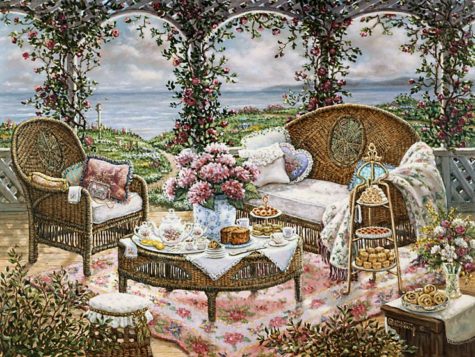
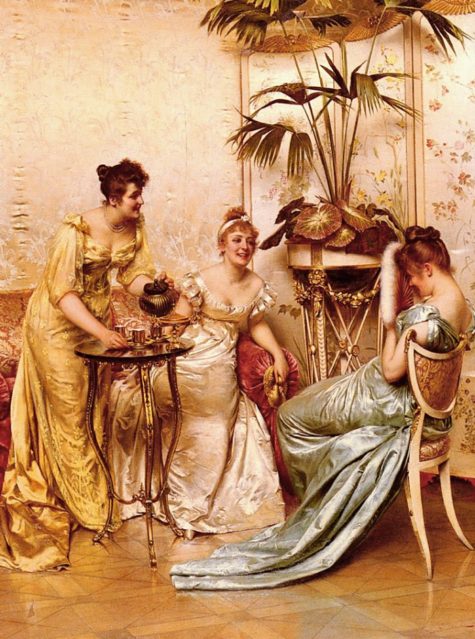
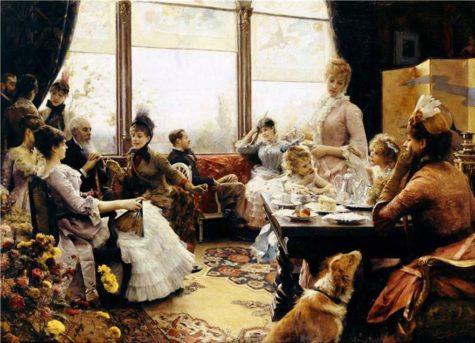
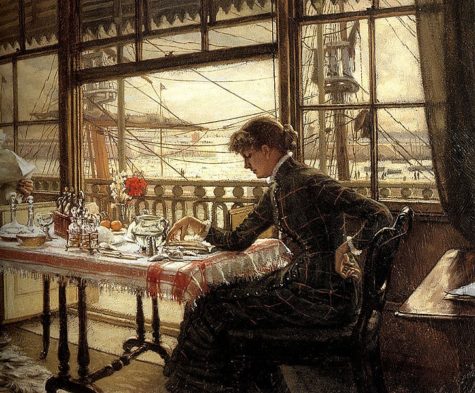
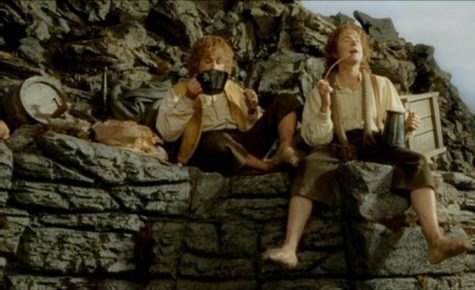
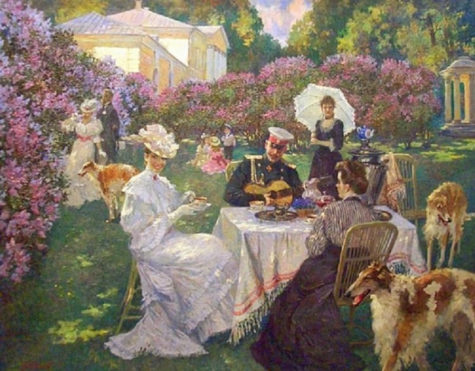
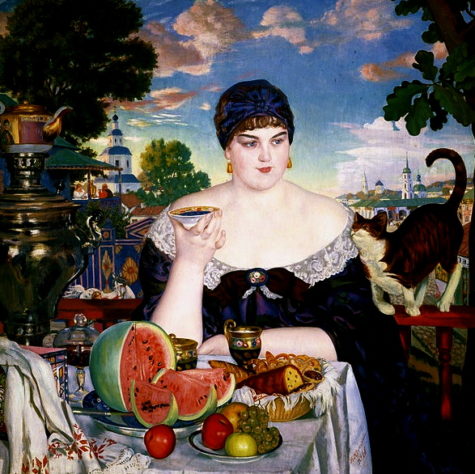
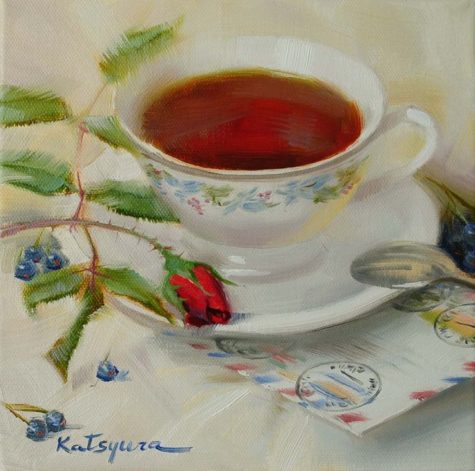
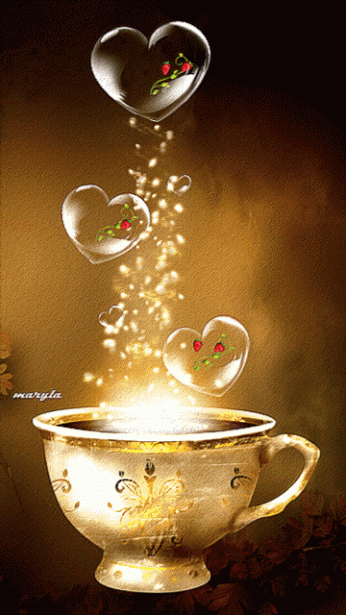




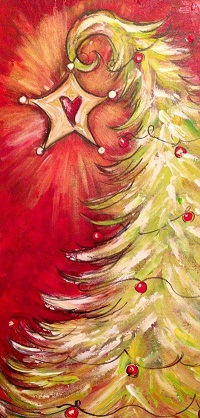
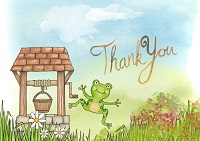
Leave a Reply